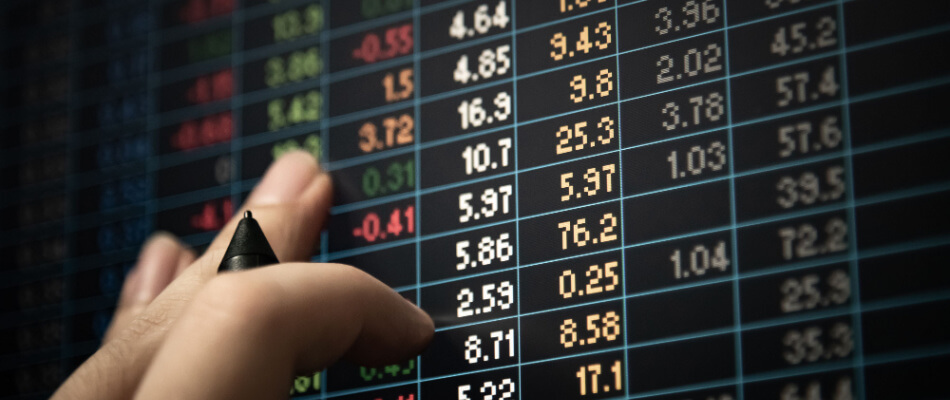The benefits of an ETF
ETFs have been on the market since 1993 and have been extremely popular ever since. In the US in particular, the product has become an indispensable part of the world of investors. In the Netherlands, more and more private investors are also investing with ETFs and their popularity is increasing. ETFs owe their popularity to a number of advantages, such as their large spread, low costs, high returns, transparency, flexibility and access to the global market. Discover which ETF suits you best !
Large spread thanks to one transaction
With an ETF it is possible to invest safely by means of a large spread of numerous securities. An ETF often consists of numerous composite companies, sectors and themes, which means that you are less dependent on a specific fluctuation. The advantage of a large spread is that you only have to invest once. By means of just one transaction you can invest in numerous shares, bonds or listed real estate and you benefit from a collection of strong sectors. In addition, there are also ETFs that offer a less broad spread because they follow specific sectors or markets. These forms may bring more return, but also entail more risks.
location costs
Another advantage of ETFs is that they are relatively cheaper than many other traditional investment forms. Low costs are of course ideal for successful investing. The lower the costs, the higher the return to be obtained. The reason why the costs of ETFs are so low is because they are passive products. This means that there are no expensive fund managers involved who charge high management costs.
Higher yield
A major advantage of ETFs is that they can yield high returns. For years, people have been looking at the best way to invest, and it has been consistently concluded that passive investing (index investing) is more efficient in the long term. Markets are difficult to predict, which is why active investing does not always yield returns and also results in losses.
Transparency
ETFs are very transparent. This is because ETFs are linked to the stock exchange listing, so that you can see how you are doing at any time of the day thanks to the stock exchange. Investment funds, on the other hand, have less transparency and offer less insight into the daily current performance and composition.

Flexibility
ETFs are flexible to trade on the stock exchange because of their listing. You can therefore enter and exit at any time of the day when it suits you. You can therefore decide for yourself when you want to react to something and can do this how you want.
Easily invest worldwide with an ETF
Finally, what makes ETFs so advantageous is that you can invest in multiple countries at the same time with just 1 ETF. This opens up a global market area with markets that are not yet open to many investors. The ETFs are therefore constantly tradable on exchanges all over the world, all in one transaction. But how do you invest in ETFs?
Compare brokers and start investing in ETFs
Are you excited about investing in ETFs after reading this article? Compare brokers that offer ETFs and find the broker that suits you best!